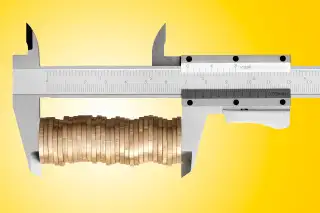The Low-Risk Way to Buy ETFs

If you're looking to pepper your portfolio with exchange-traded funds (ETFs)—including the many on the Money 50—it's prudent to do so in a safe way.
While ETFs mimic regular index funds in many ways, they can behave in bizarre ways when the market is stressed, fluctuating in value quickly and unexpectedly.
To avoid this problem, firms like Vanguard recommend that you steer clear of market orders and instead use limit orders to execute ETF trades.
A market order, the most basic type of buy order, quotes you a price that you can accept. However, fluctuations can occur in the very short time between the quote and the final price. Usually, the changes are very small, but for ETFs, there is the potential to get burned due to their volatility.
"Limit orders are a best practice for ETF investors," says Vanguard spokesperson Katie Hirt. The limit order, unlike the market order, will only execute the trade if the price is under the amount you specify. So if the ETF is trading around $45 and you want to buy one share for no more than $46, you could place a limit order for that amount. When you place a limit order for more than the market price, it's called a "marketable limit order," and it's a good option for controlling both the price and execution.
In that situation, you're not agreeing to pay $46 no matter what, you're just agreeing to pay up to $46, if that's where the market price is. But you won't pay more: The worst-case scenario here would be a canceled trade.
On the other hand, if you request a market order at $45, and the price jumps to $55 before the order is processed, you'd be out of luck and on the hook for $55—for a share you thought would only cost $45.